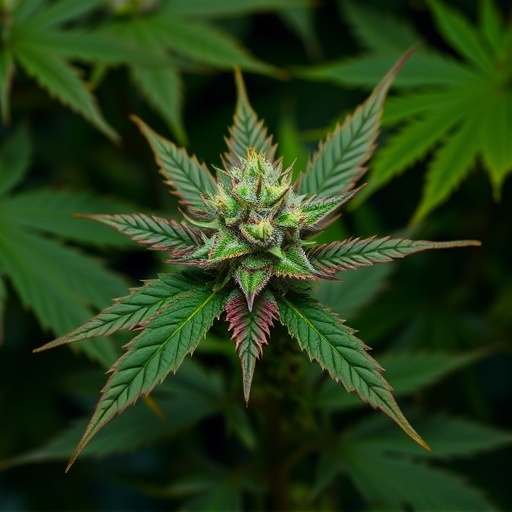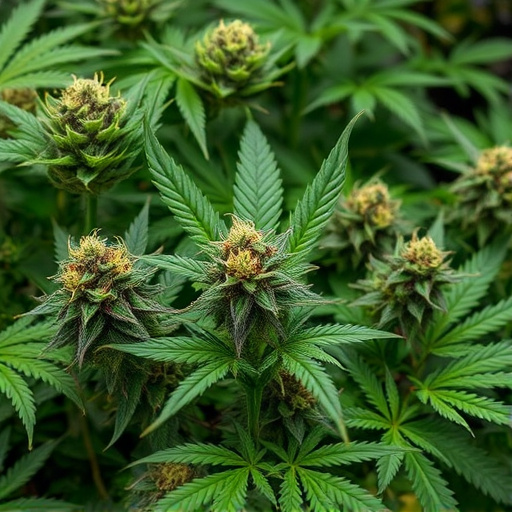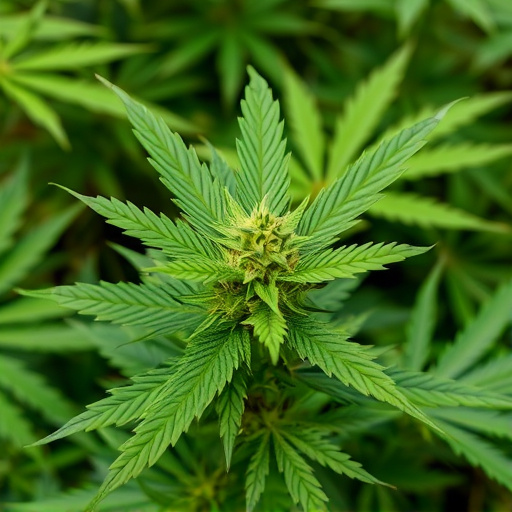Cannabis strains containing CBD and specific terpenes like myrcene and linalool effectively alleviate migraines by interacting with the body's endocannabinoid system. Cultivation practices and lab testing are crucial for ensuring high-quality, organic cannabis with potent therapeutic benefits. Consumers seeking relief from migraines should look for third-party tested strains cultivated using sustainable methods to guarantee optimal effectiveness and safety.
Discover the intricate factors that define quality weed, from the microscopic cannabinoids and terpenes to cultivation techniques and testing methods. This comprehensive guide explores how these elements contribute to not just superior cannabis, but also effective remedies, particularly for conditions like migraines. Learn about the science behind the best cannabis strains for migraines and gain insights into assessing quality for optimal relief.
- Understanding Cannabinoids and Terpenes: The Building Blocks of Quality Weed
- Other Determinants of Quality: Cultivation Practices and Testing Methods
- Best Cannabis Strains for Migraines: Considerations for Relief and Quality Assessment
Understanding Cannabinoids and Terpenes: The Building Blocks of Quality Weed
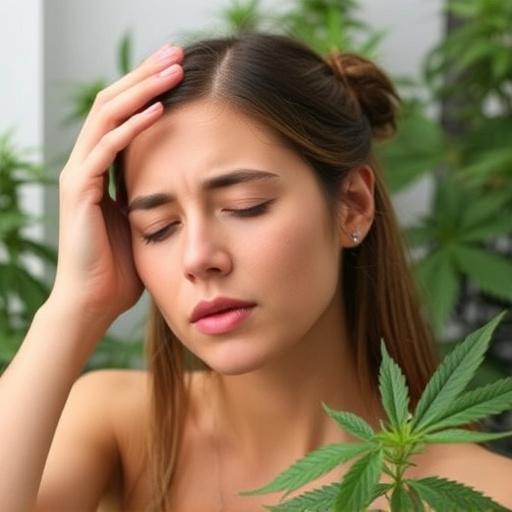
Cannabis enthusiasts and medical professionals alike recognize that understanding cannabinoids and terpenes is key to discerning quality weed, especially when it comes to specific conditions like migraines. Cannabinoids are chemical compounds unique to the cannabis plant, with THC (tetrahydrocannabinol) and CBD (cannabidiol) being the most well-known. These compounds interact with our body’s endocannabinoid system, influencing various physiological processes, including pain perception and inflammation. Different strains of cannabis offer varying ratios of cannabinoids, making some more effective for treating migraines than others.
Terpenes, on the other hand, are aromatic compounds that give cannabis its distinct smells and flavors. They also play a crucial role in the plant’s overall quality and effectiveness. Research suggests that specific terpenes can enhance or modulate the effects of cannabinoids. For instance, strains rich in myrcene, known for its relaxing and sedative properties, might be beneficial for those seeking relief from migraine-associated stress and insomnia. Linalool, another prevalent terpene, is renowned for its calming effects and has been studied for its potential in alleviating neuropathic pain, a common symptom of migraines.
Other Determinants of Quality: Cultivation Practices and Testing Methods
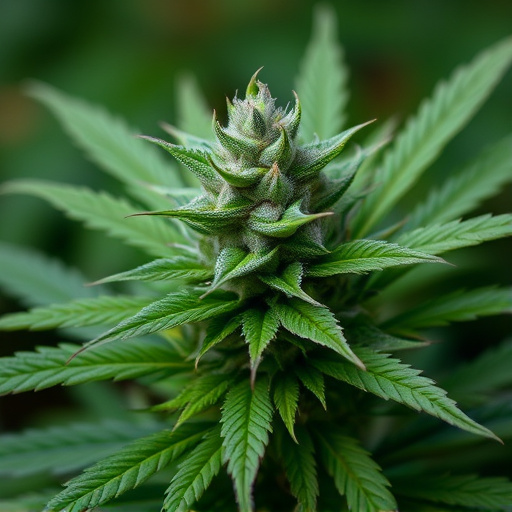
Beyond genetics, cultivation practices play a significant role in determining the quality of weed, including its effectiveness in alleviating conditions like migraines. Farmers employ various techniques to ensure optimal growth and development. These include control over environmental factors such as light cycles, temperature, humidity, and soil composition. Organic cultivation methods, free from synthetic chemicals, often result in higher-quality cannabis with enhanced therapeutic benefits, making certain strains excellent choices for migraine relief.
Testing methods are another critical aspect that ensures the quality and consistency of weed. Sophisticated laboratory tests can identify specific cannabinoid profiles, including THC and CBD levels, as well as detect contaminants or pesticide residues. These rigorous testing procedures verify the product’s safety and efficacy, ensuring consumers receive the best cannabis strains for migraines. Advanced technology has enabled producers to tailor their cultivation techniques and cannabinoid content to meet specific medical needs.
Best Cannabis Strains for Migraines: Considerations for Relief and Quality Assessment
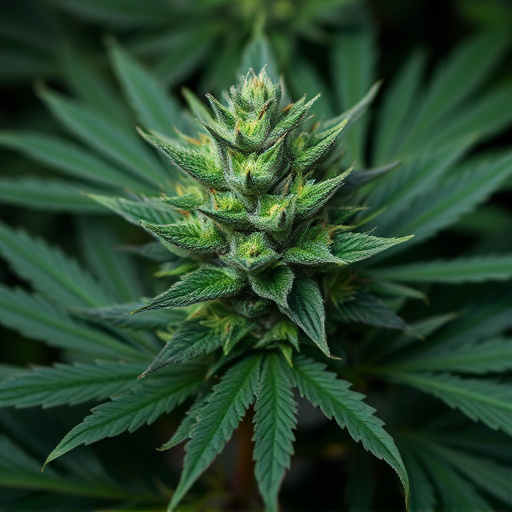
When it comes to alleviating migraines, certain cannabis strains have proven effective due to their unique chemical compositions. The best cannabis strains for migraines often contain high levels of cannabidiol (CBD) and terpine profiles that target inflammation and pain perception. CBD is well-known for its anti-inflammatory properties, making it a popular choice for neuropathic pain and migraine treatment.
Assessing the quality of these strains is essential. Look for dispensaries offering third-party lab tests to verify cannabinoid content and ensure consistency. Terpene profiles, such as linalool and myrcene, known for their calming and analgesic effects, contribute to the overall therapeutic experience. Quality assessment also involves considering the cultivation methods, as organic and pesticide-free practices result in safer, more potent cannabis products.
In conclusion, understanding the intricate interplay between cannabinoids, terpenes, cultivation techniques, and testing methodologies is key to discerning top-quality weed, especially for specific conditions like migraines. The right balance of these factors ensures not only effective relief but also a pleasing sensory experience. When choosing the best cannabis strains for migraines, it’s essential to consider both scientific knowledge and personal preferences to achieve optimal therapeutic outcomes.

